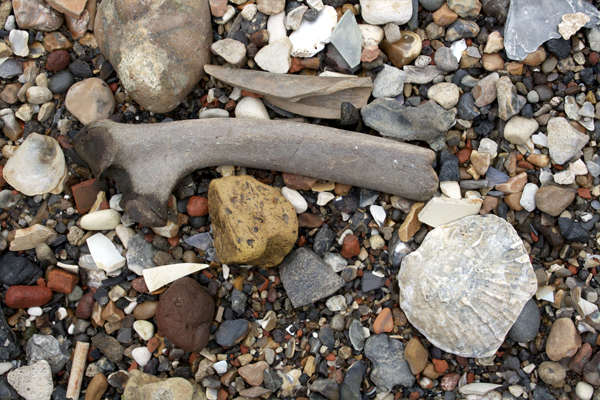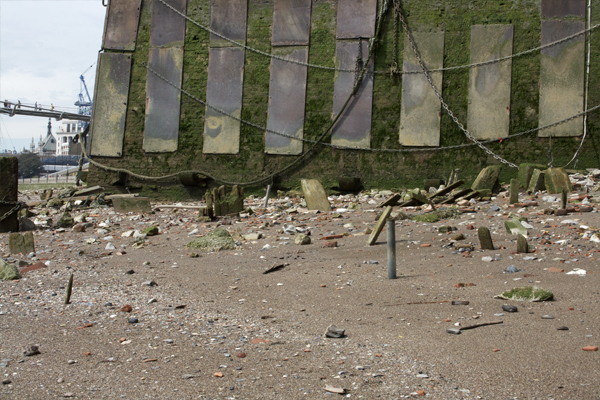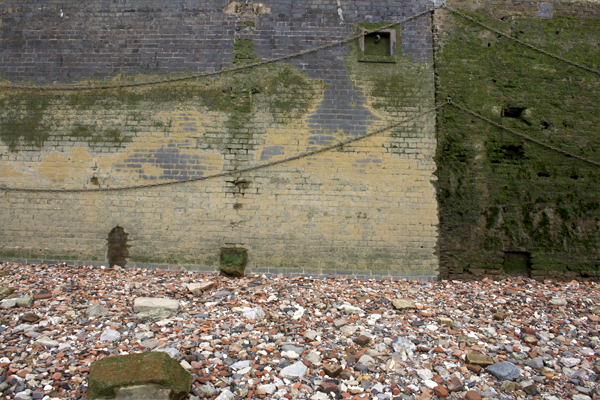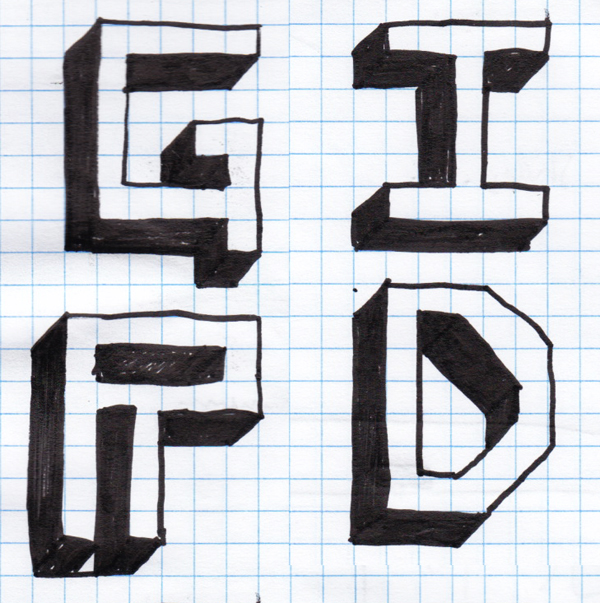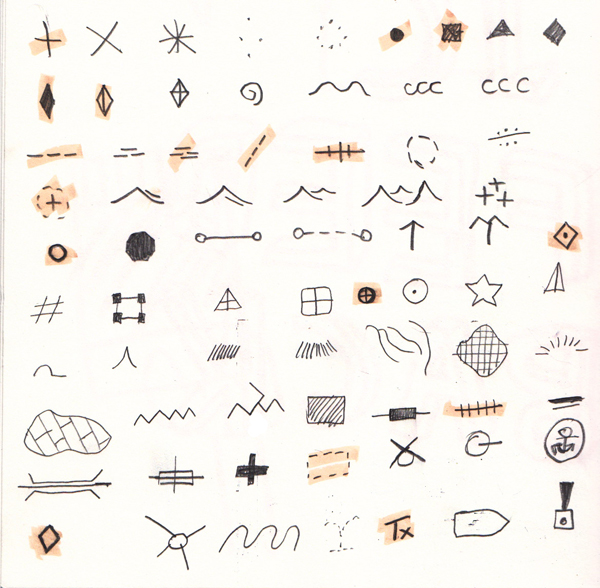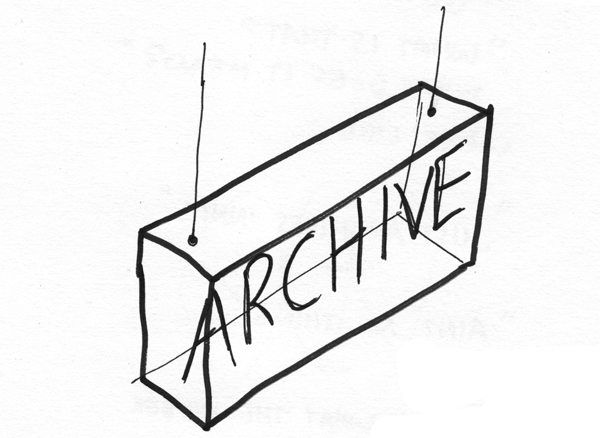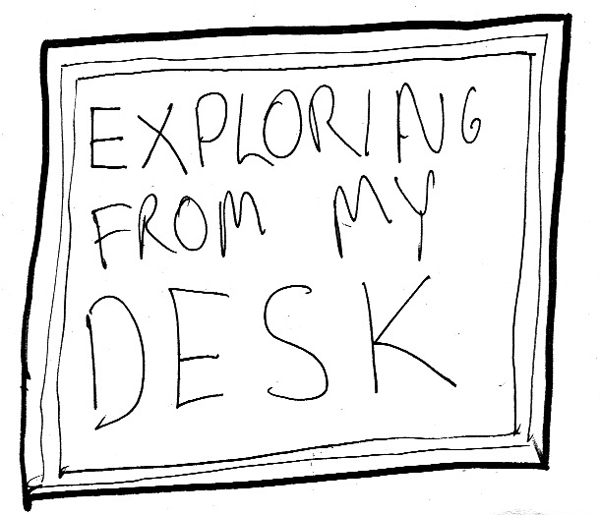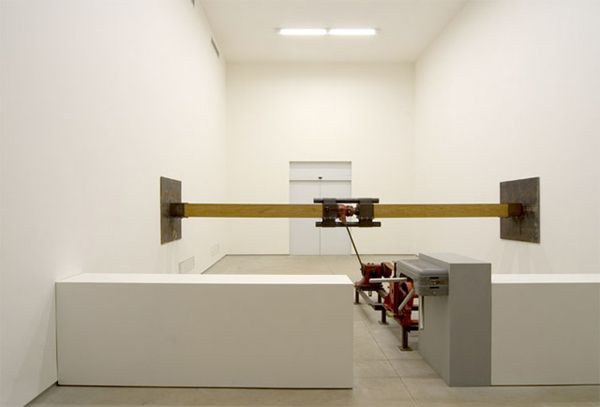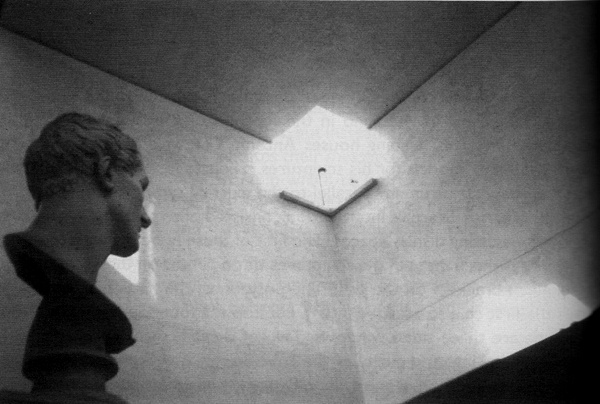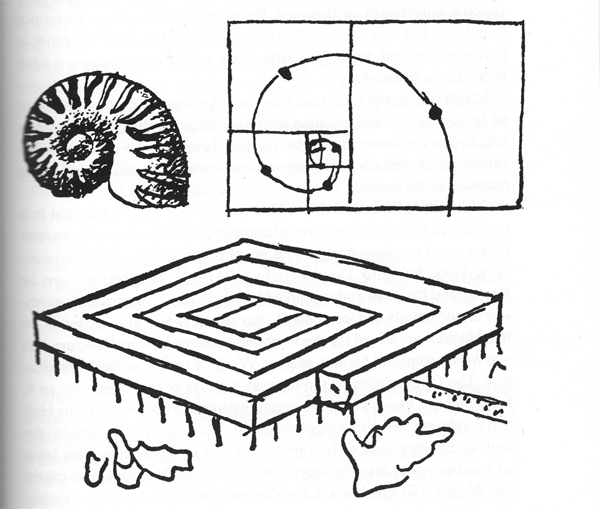What’s so great about vibe coding? I’ve been trying out tools like v0 and lovable, here’s my thoughts and some experiments I've made.
TL;DR Vibe coding encourages faster making and will facilitate a more creative (and weird!) digital landscape
Lowering barriers to making
These tools help reduce the gap between having an idea and making something. Without the need for extensive documentation to communicate an idea, the pure thought (minimum viable design?) can be inputted. The tool will fill in the blanks, join things up and the making process will help guide what comes next. Instead of being in a theoretical planning mode, it’s satisfying to be working in editing mode on a real thing.
Getting weird
I agree with something that Kevin Roose said on the hard fork podcast:
“What I think is so fun and interesting about this genre of coding project is you can really just build what I call software for one”
Vibe coding tools are making it easy to create esoteric and quirky digital experiences that can be as niche as your imagination can make them. It might be time for digital products to get weird again.
Building experiences using the real world
These tools don’t sit in isolation on your desktop – they’re ‘alive’ in your browser and have access to all the things you think an AI should be able to see and know about. You can prototype with a wider spectrum of real inputs, APIs and devices. Do you want a website that only works on Fridays; an app that can look at you through your webcam; a tool built around open source weather data? Just ask the AI to plug it into your project and you’re prototyping with real data immediately.
Having fun
As design has matured in recent years and found itself closer to the board room, it’s had to get more serious and naturally lost some of its silliness. Vibe coding encourages making things straight away and iterating; a side effect of that speed is that there’s a flippancy to these tools which can allow space for more fun, jokes and Easter eggs.
🙏 Shout out to Mark Hale for pushing me to write things down!

























